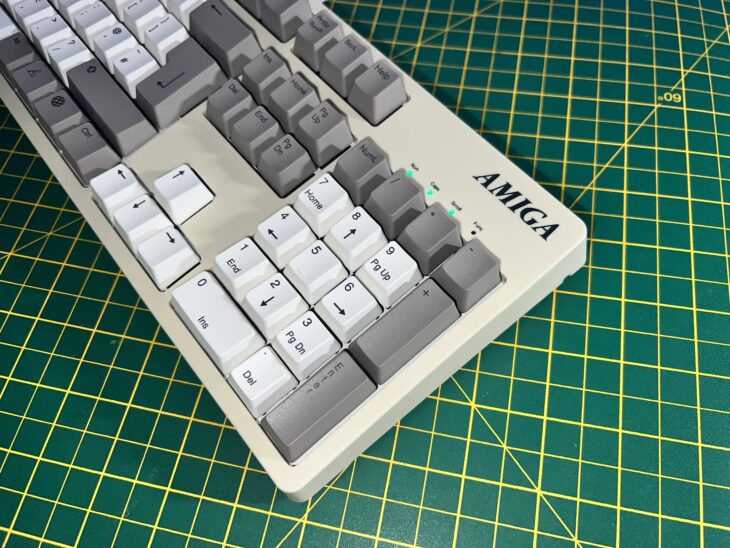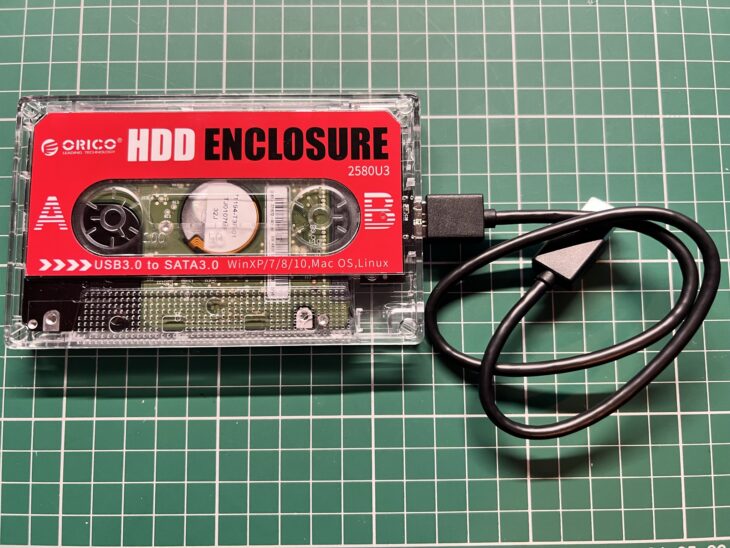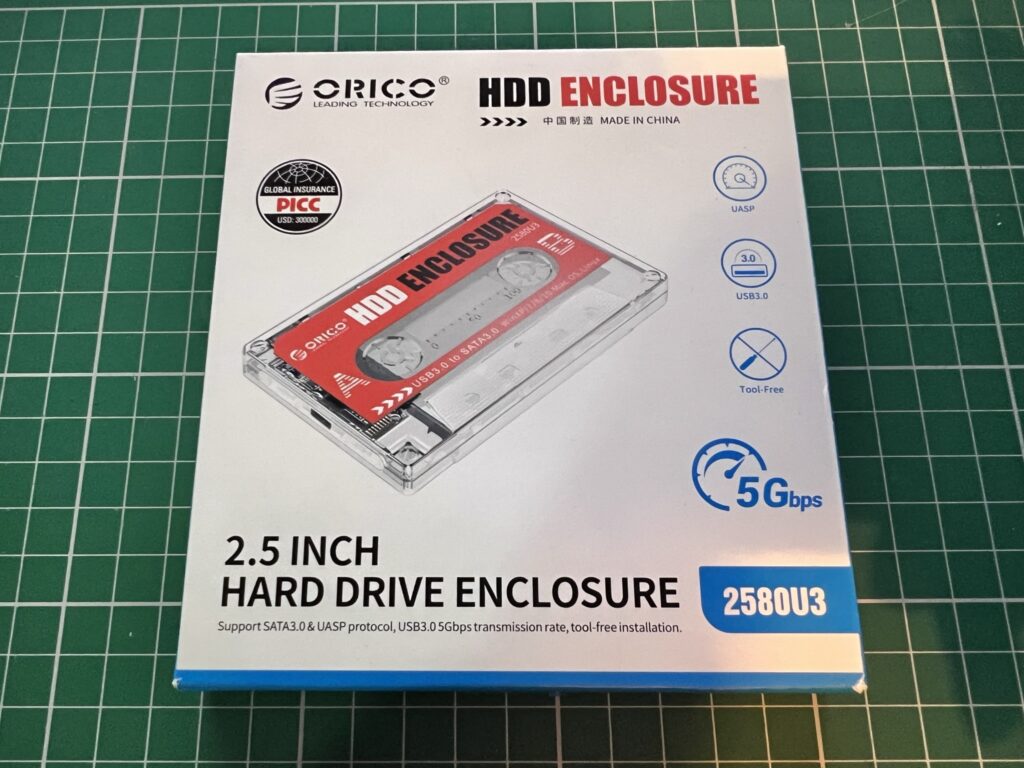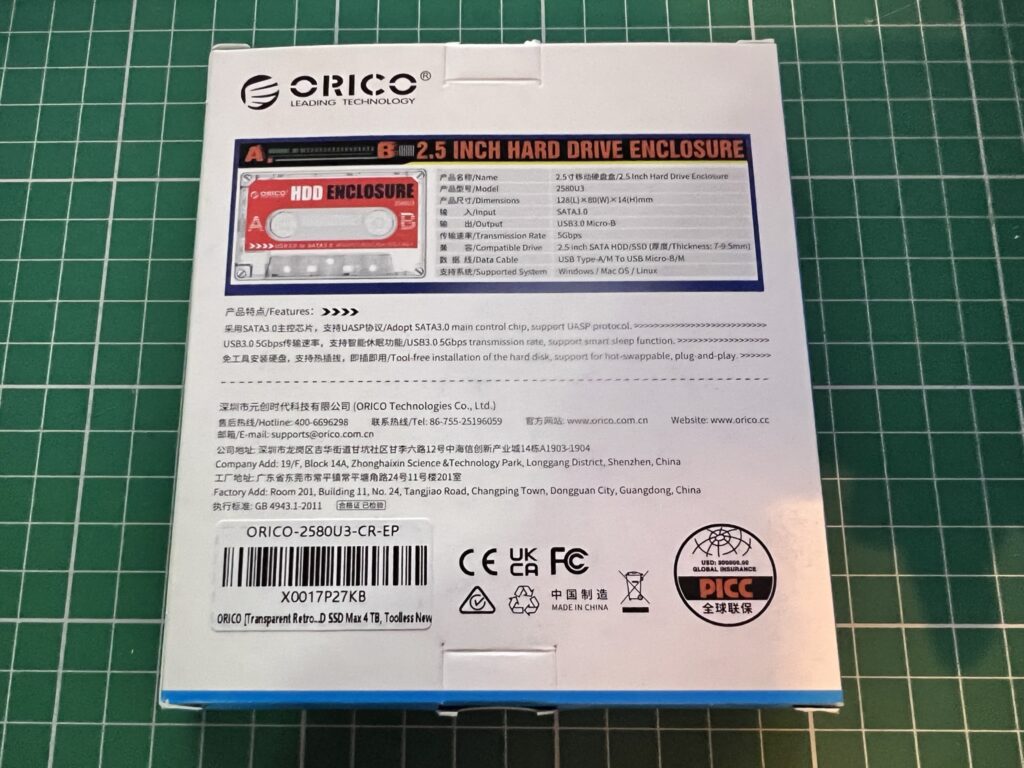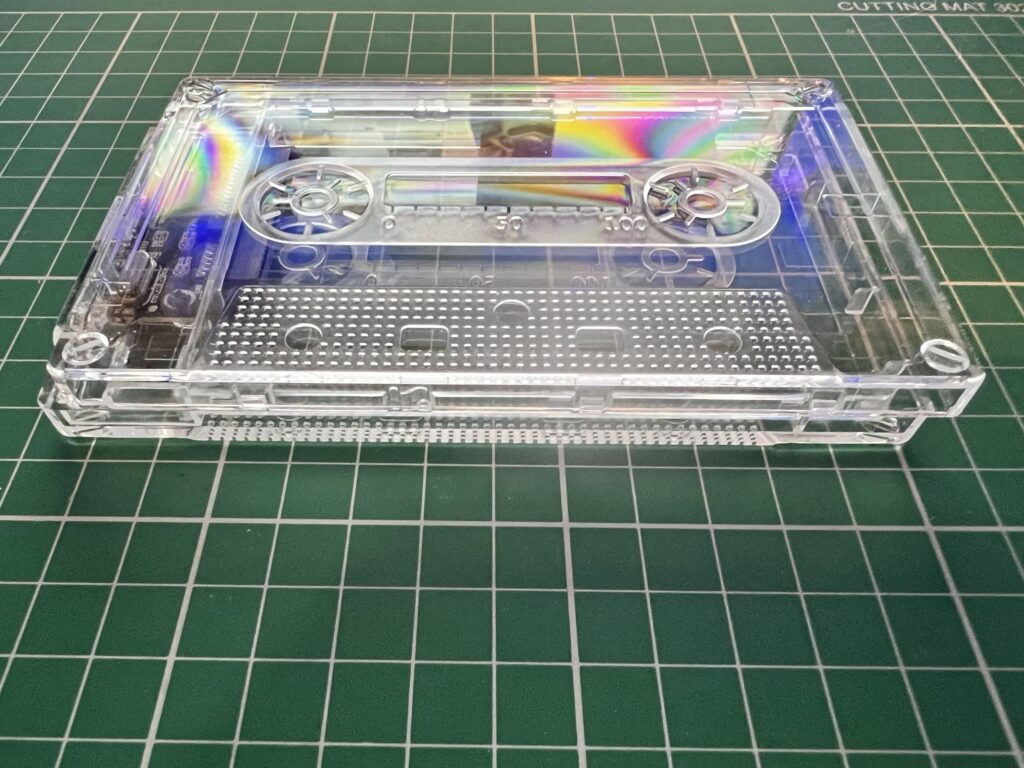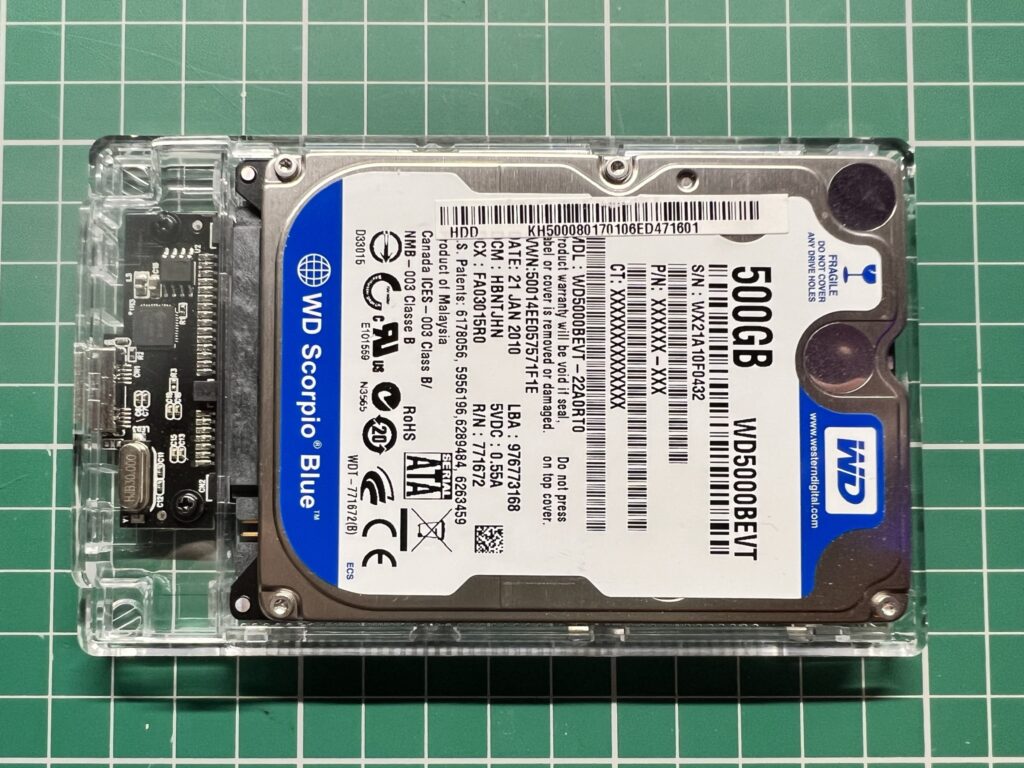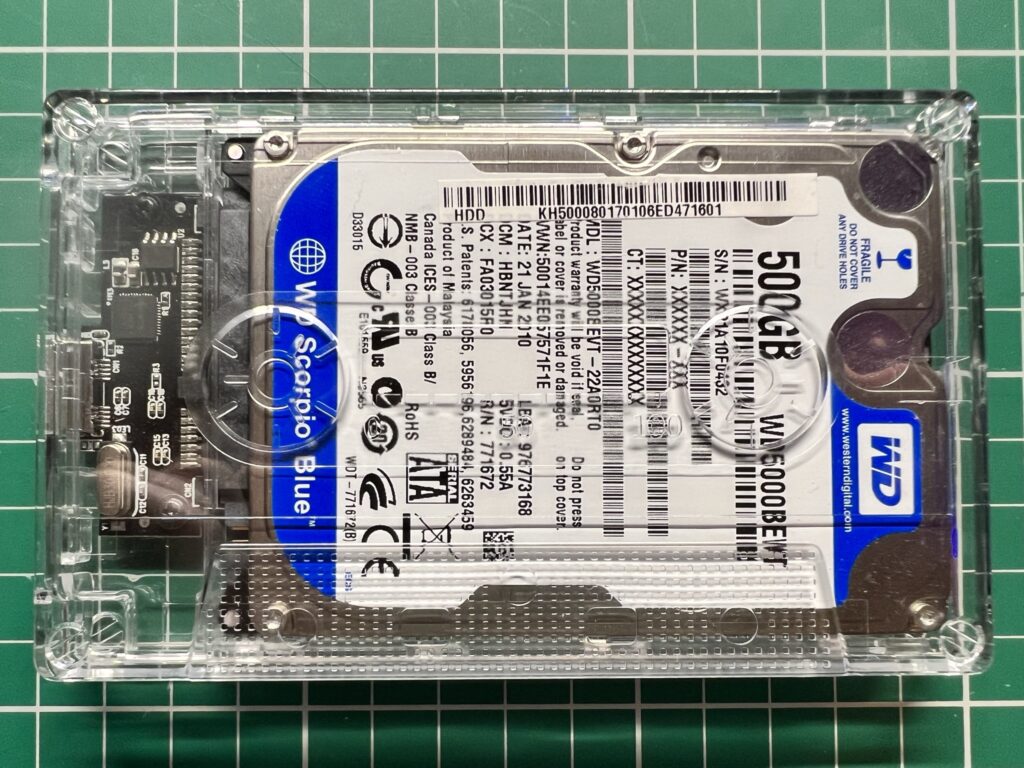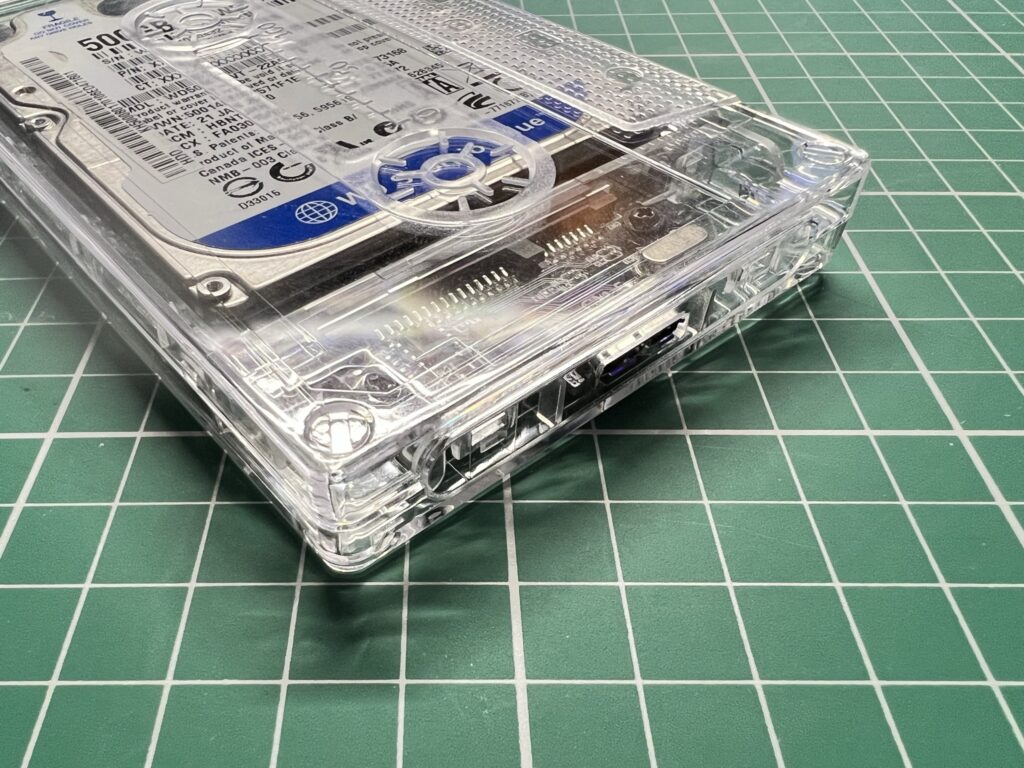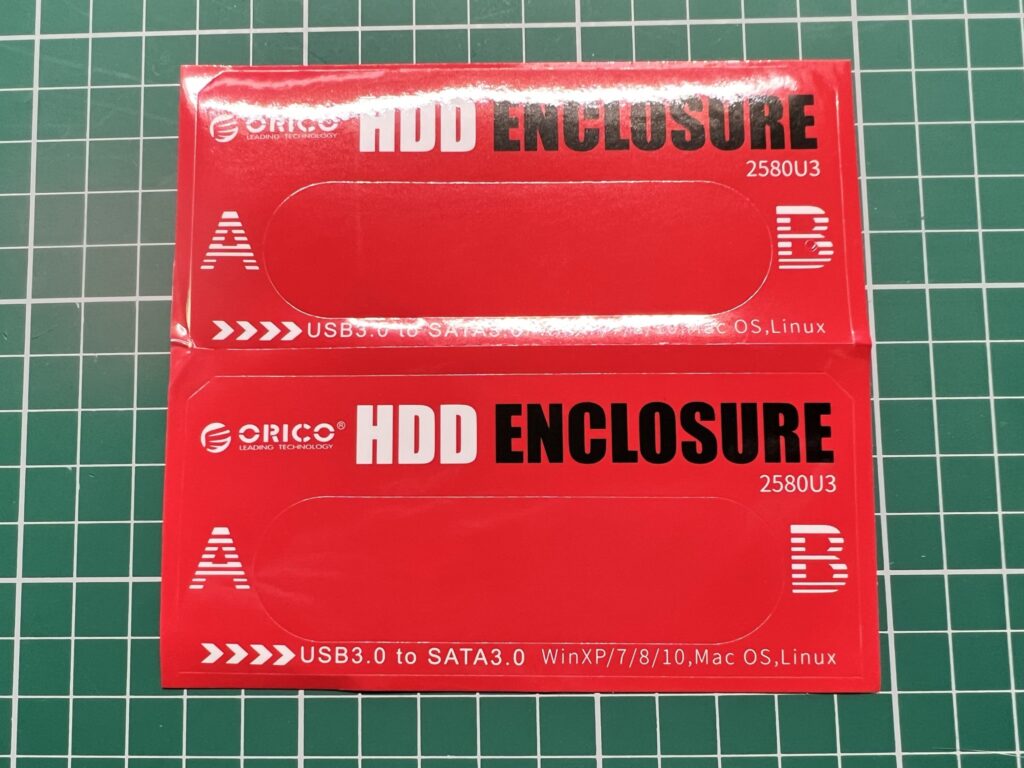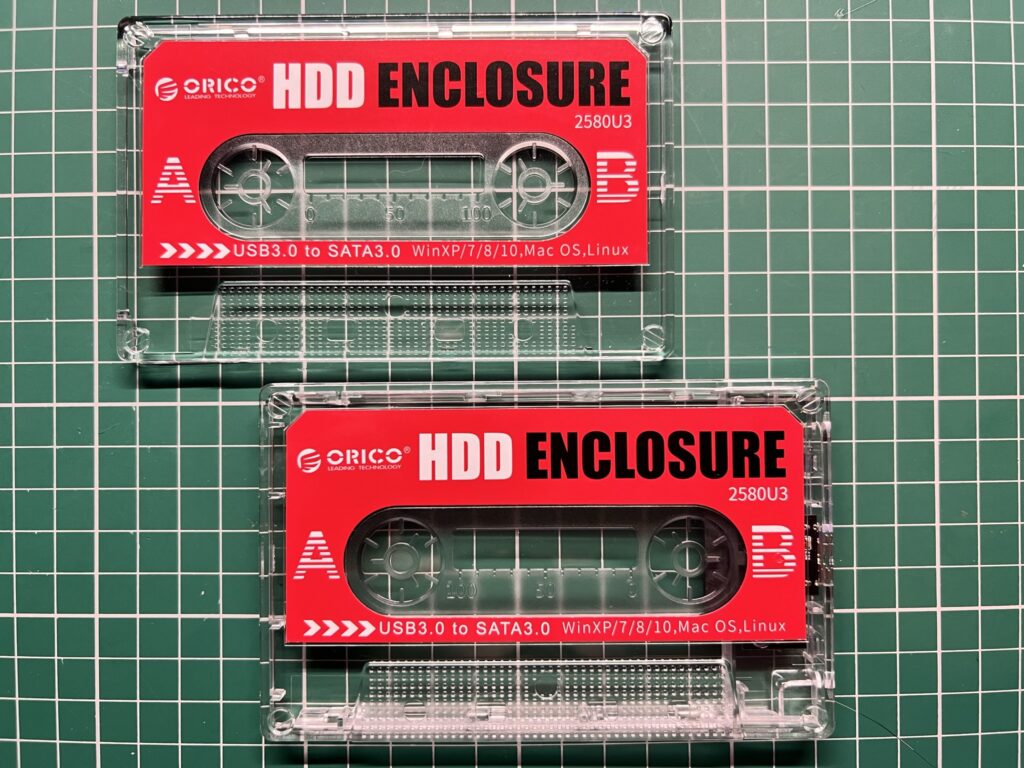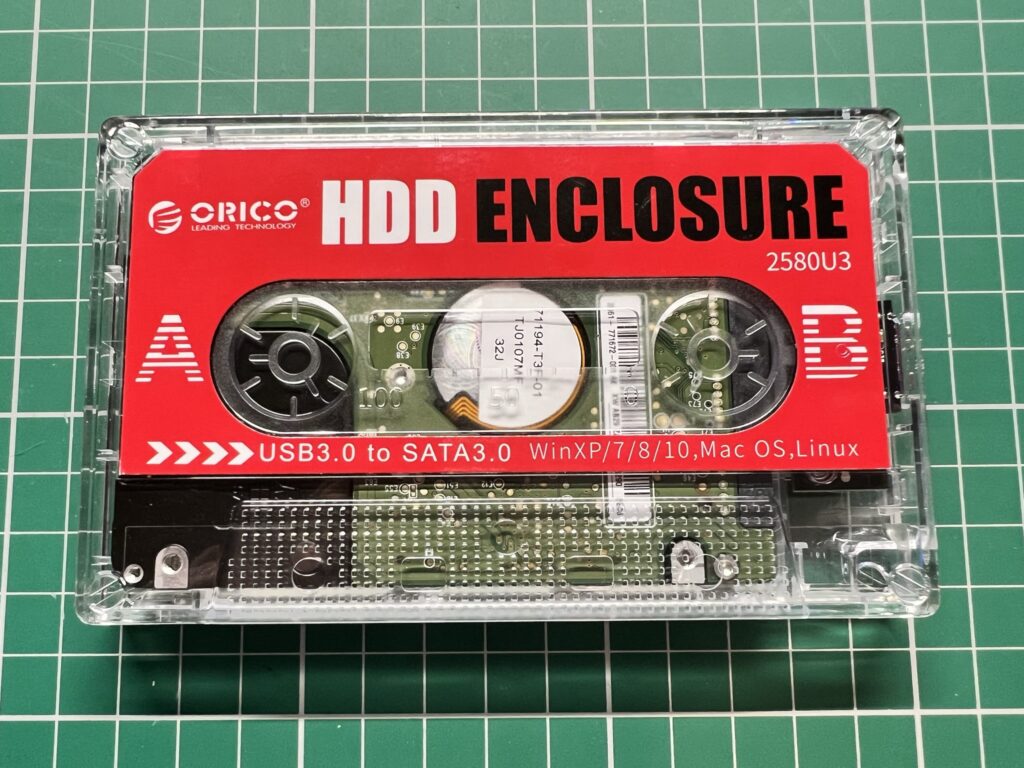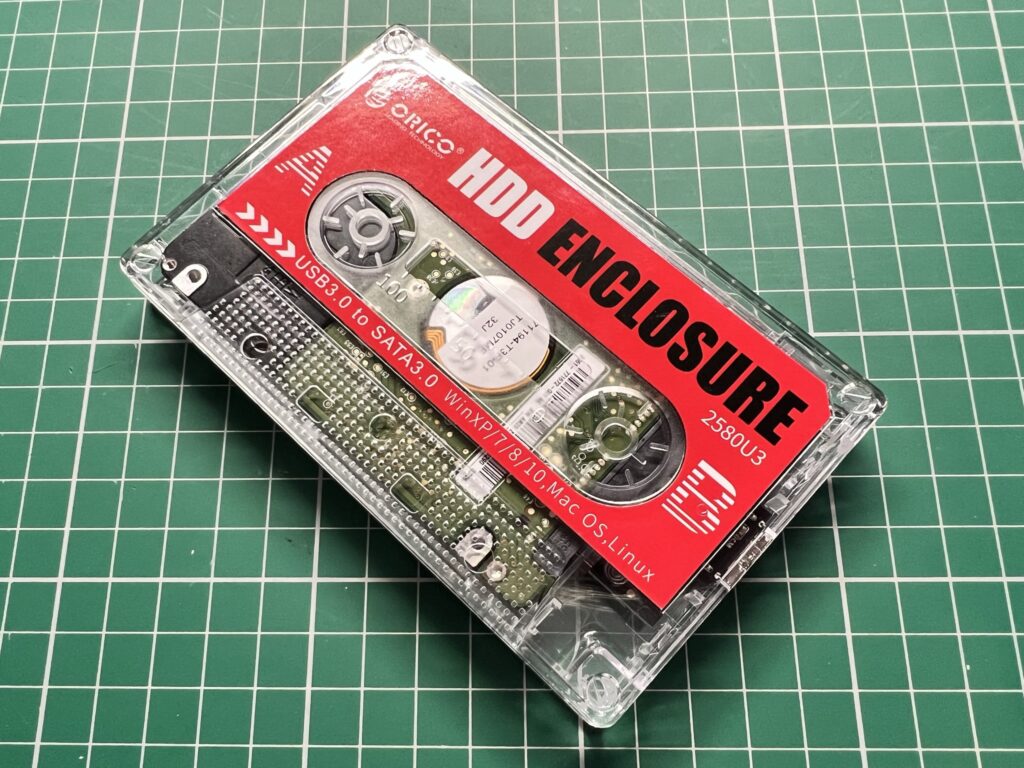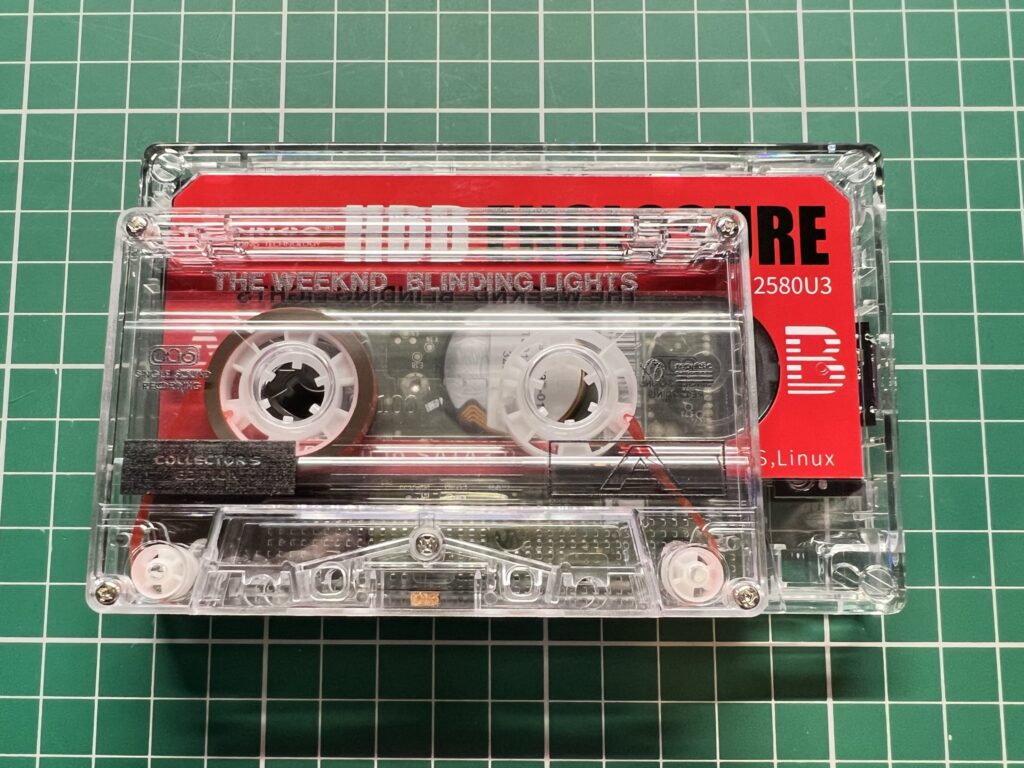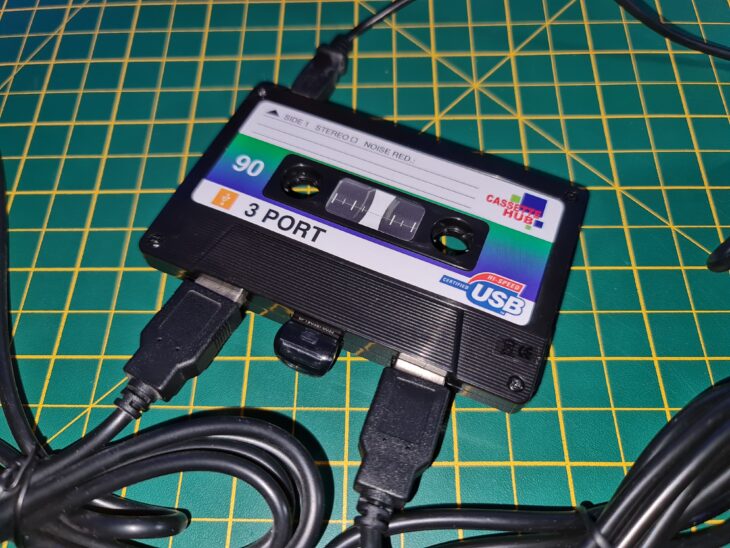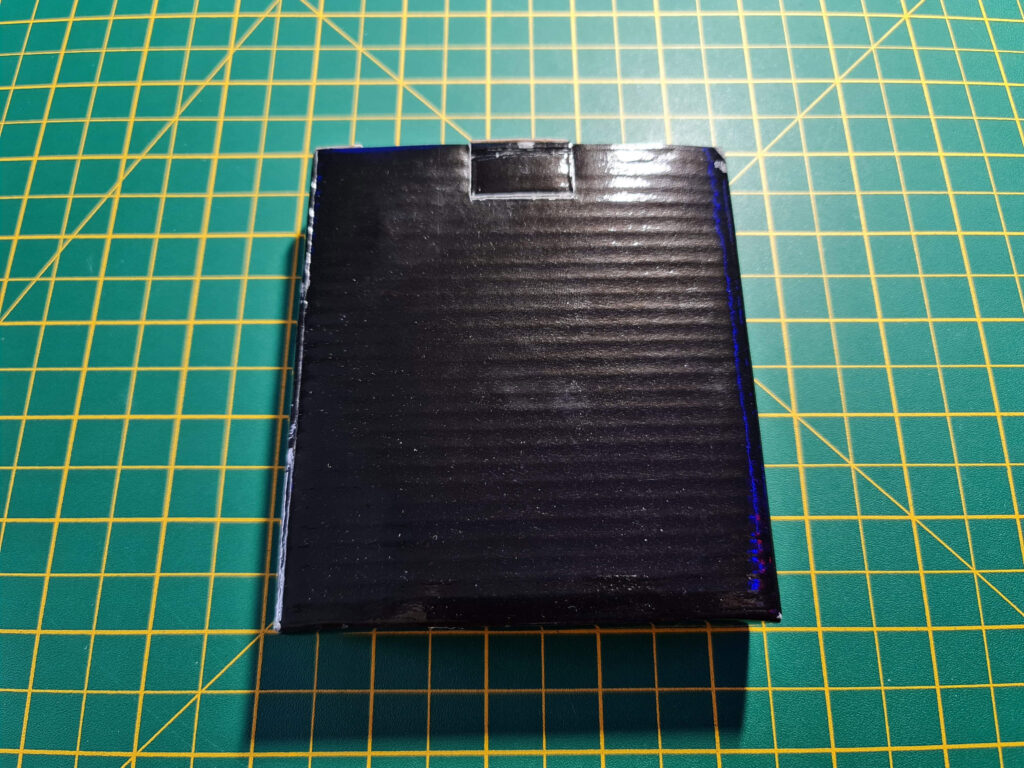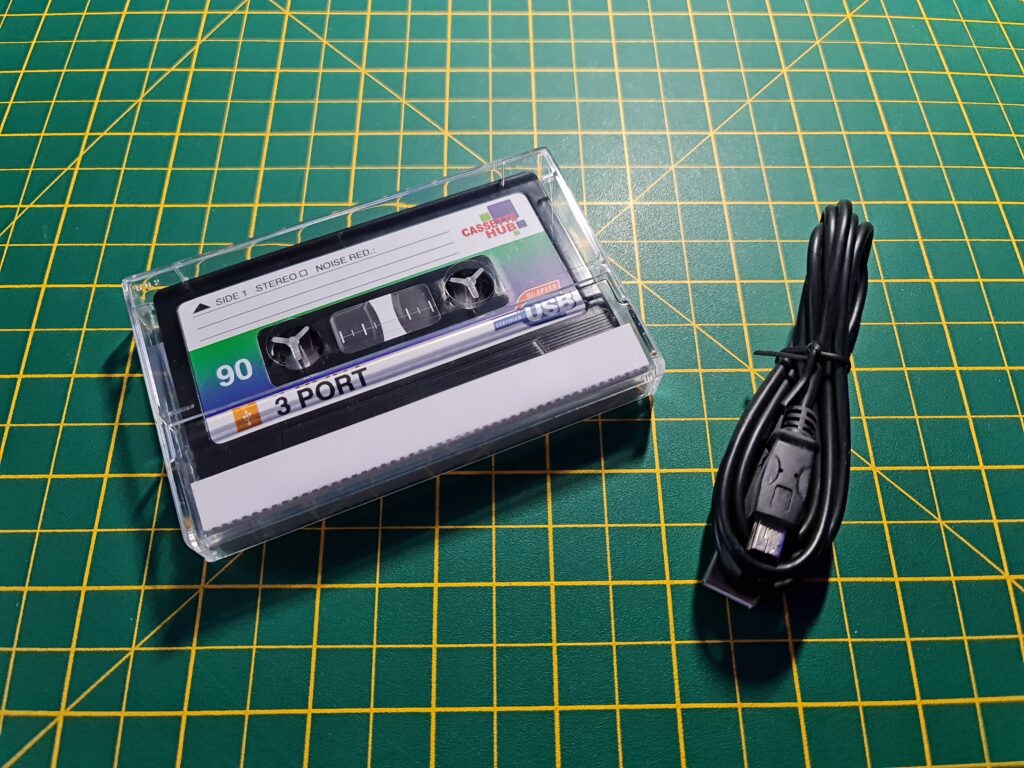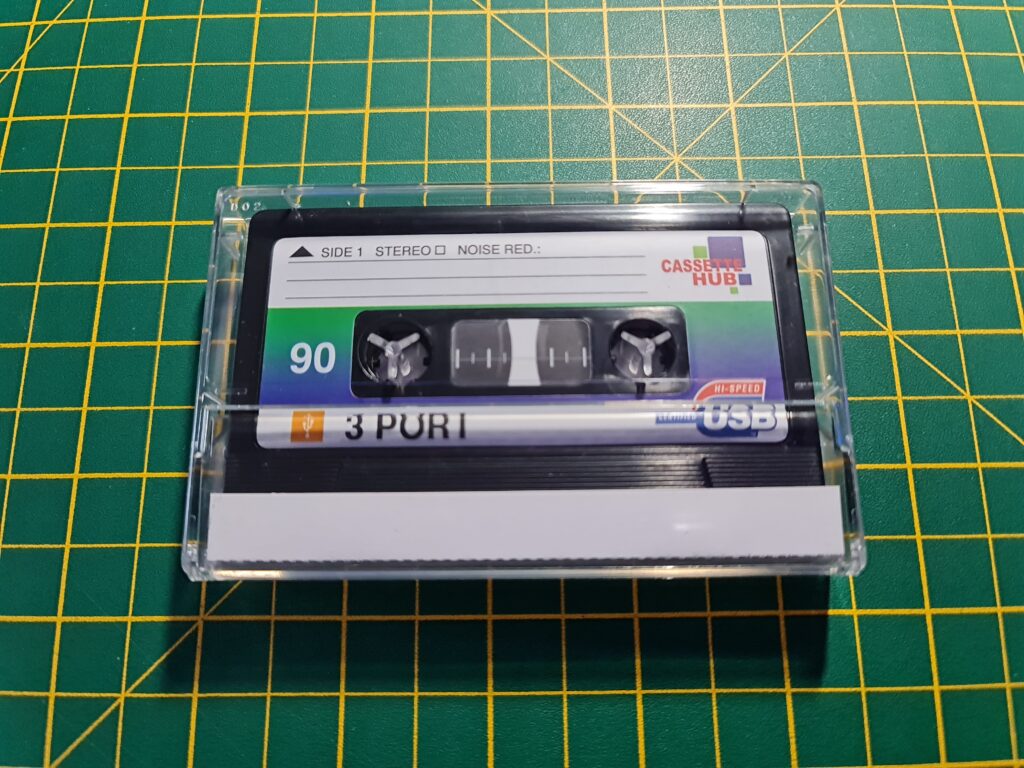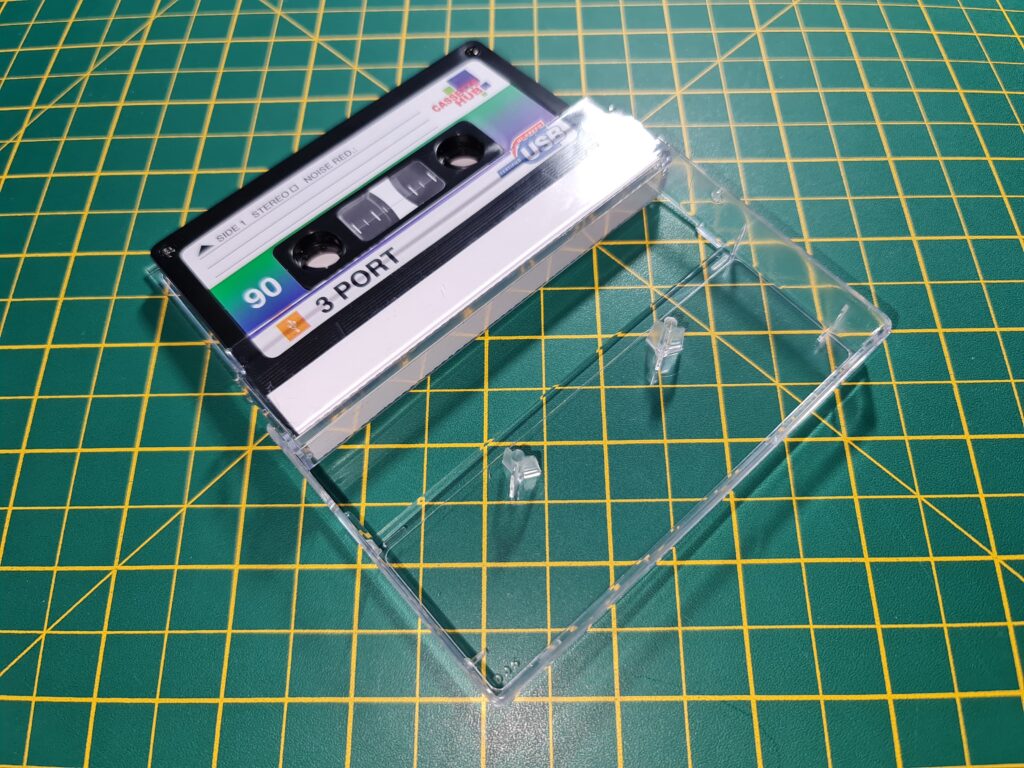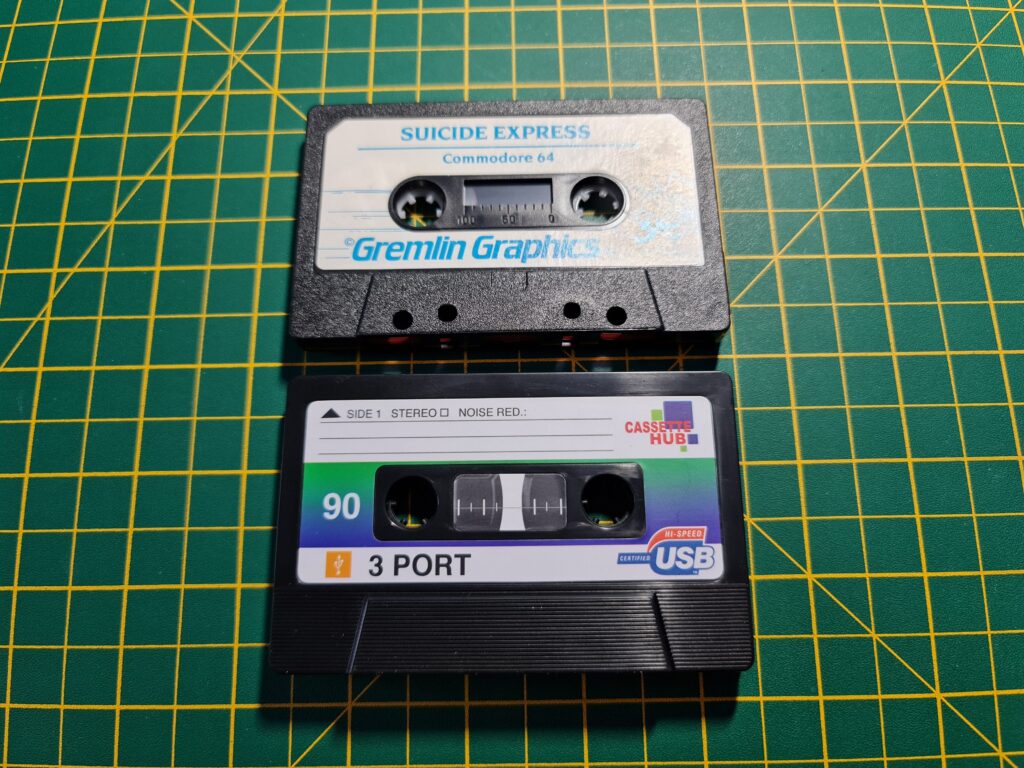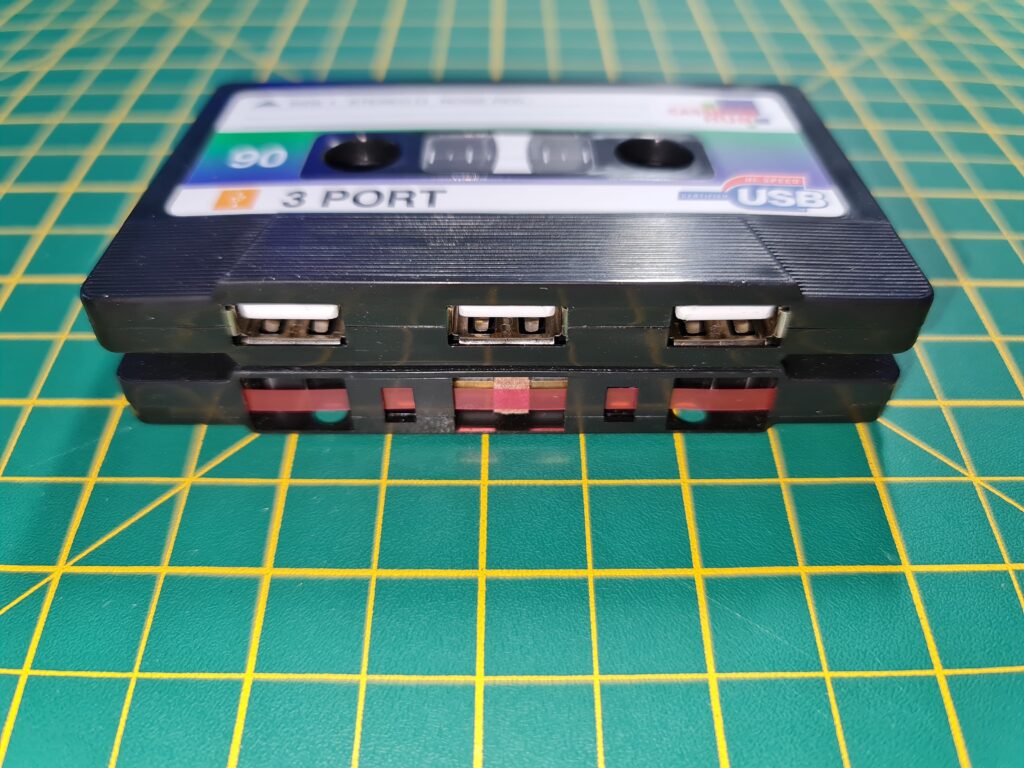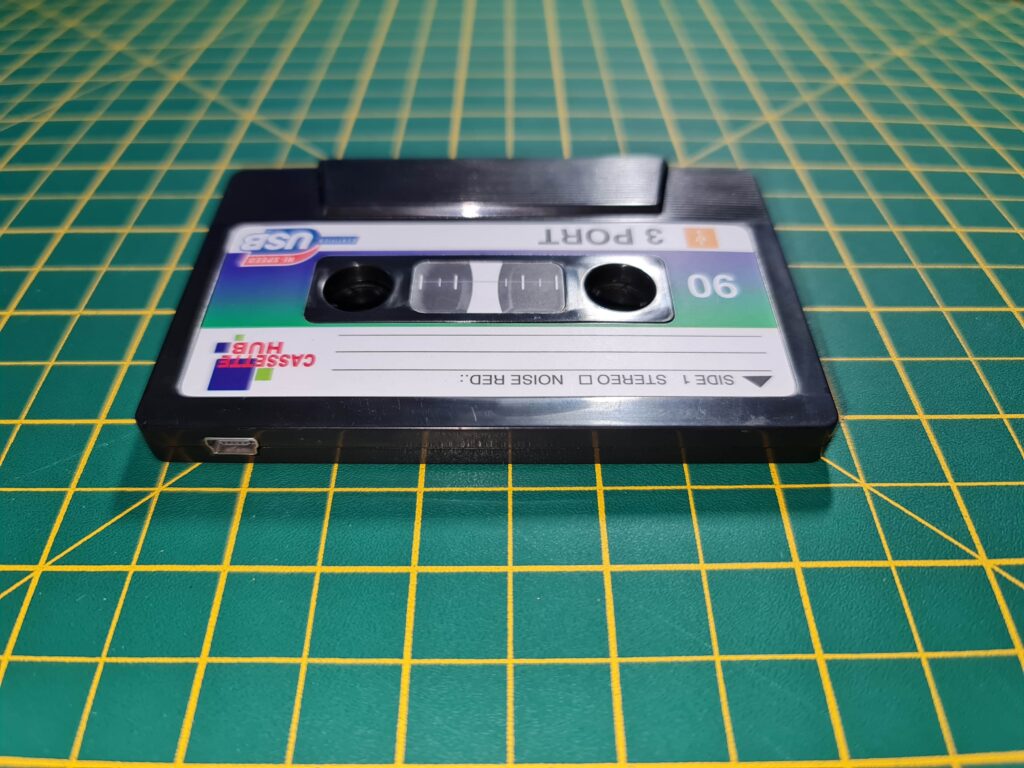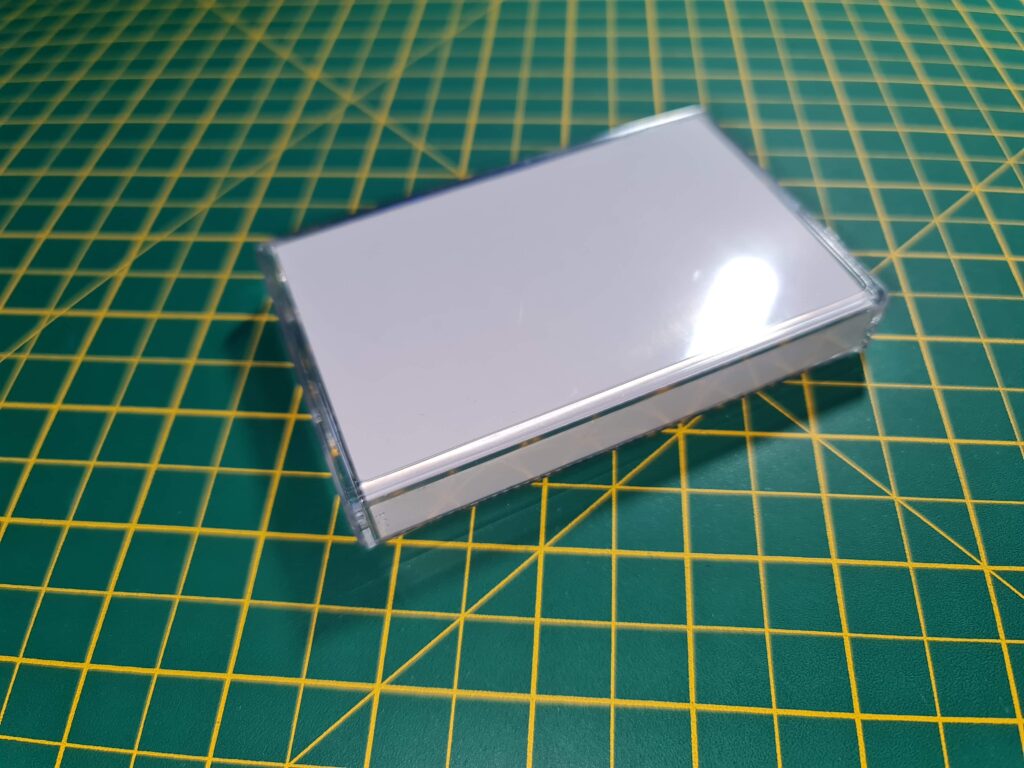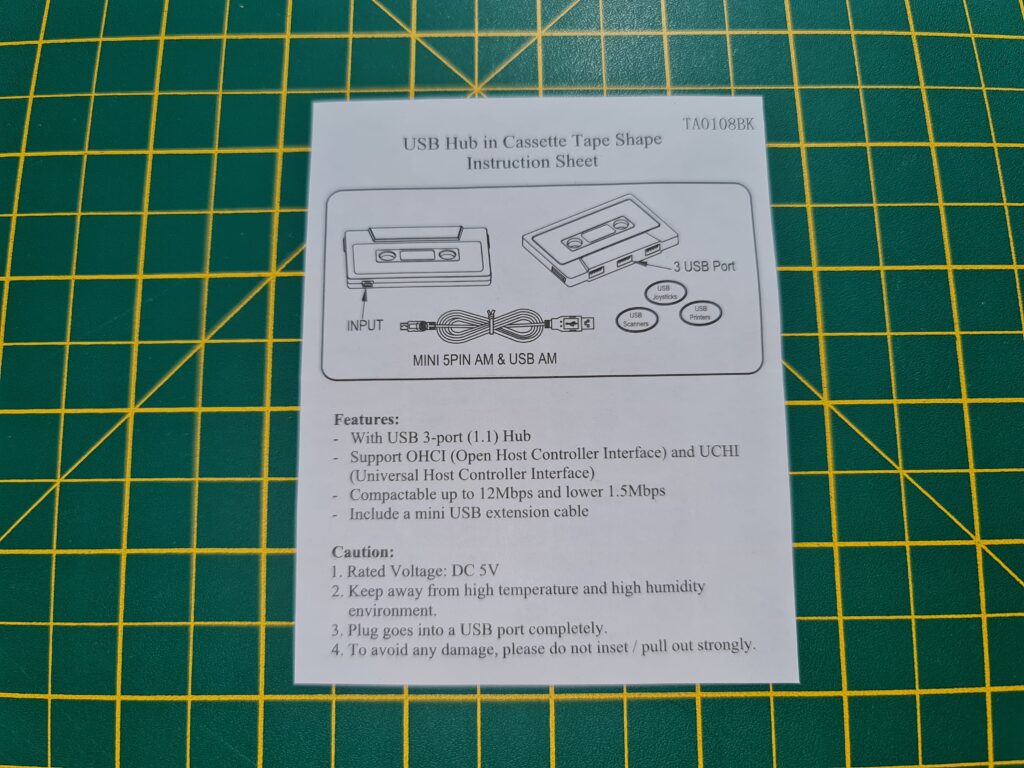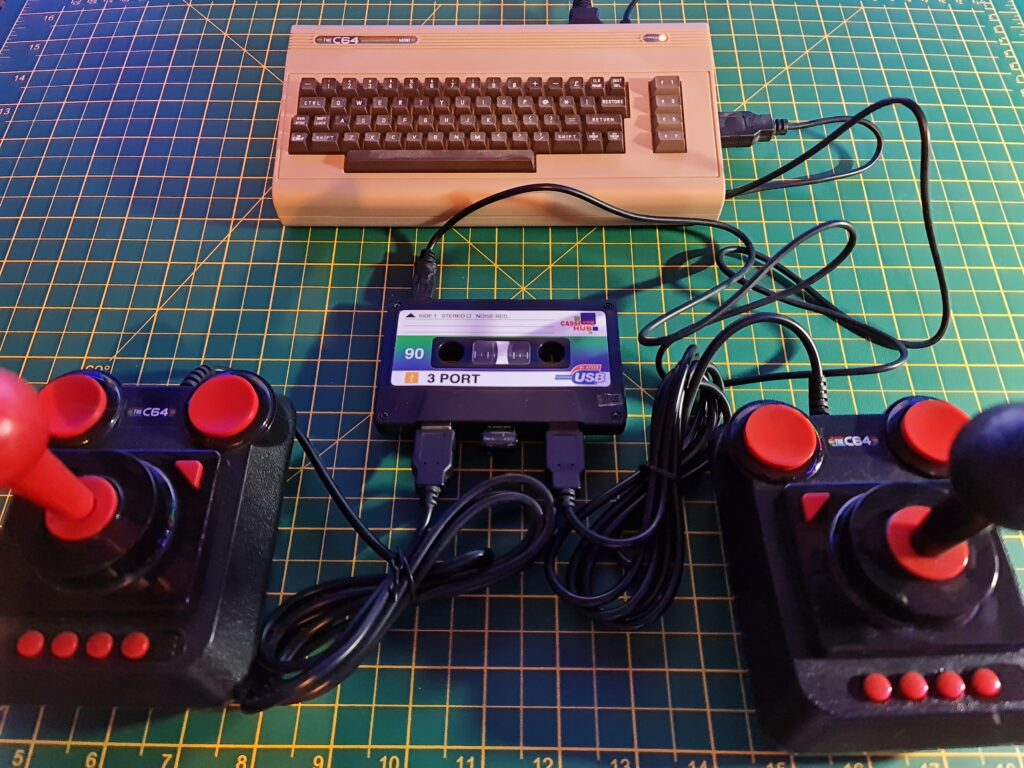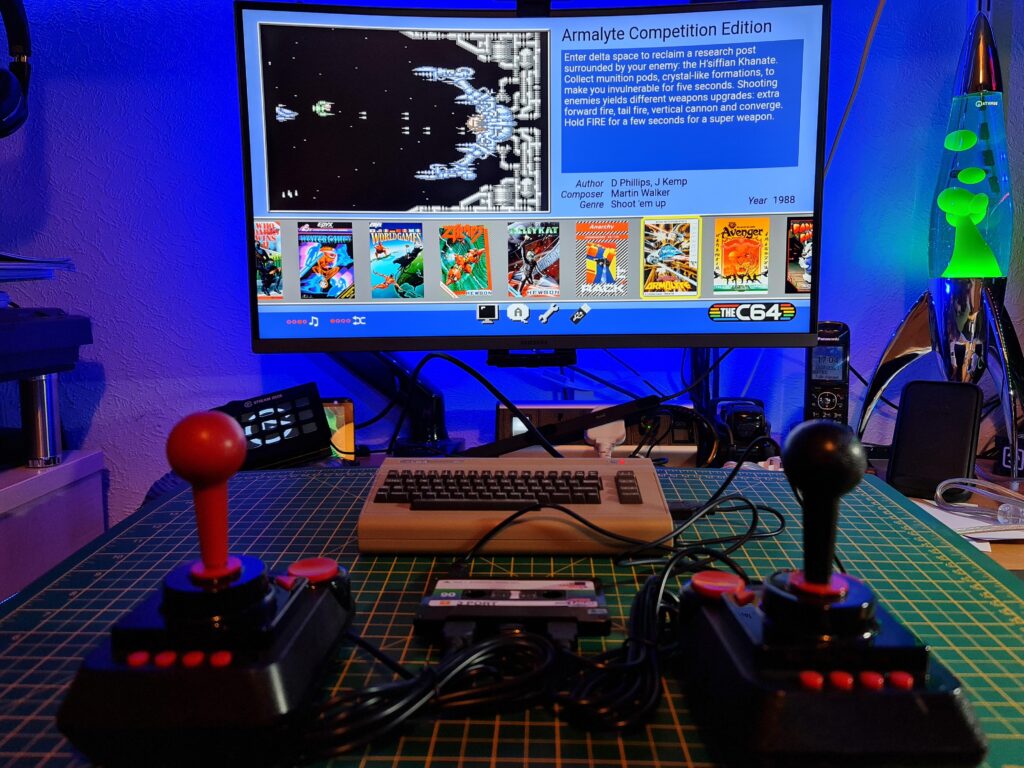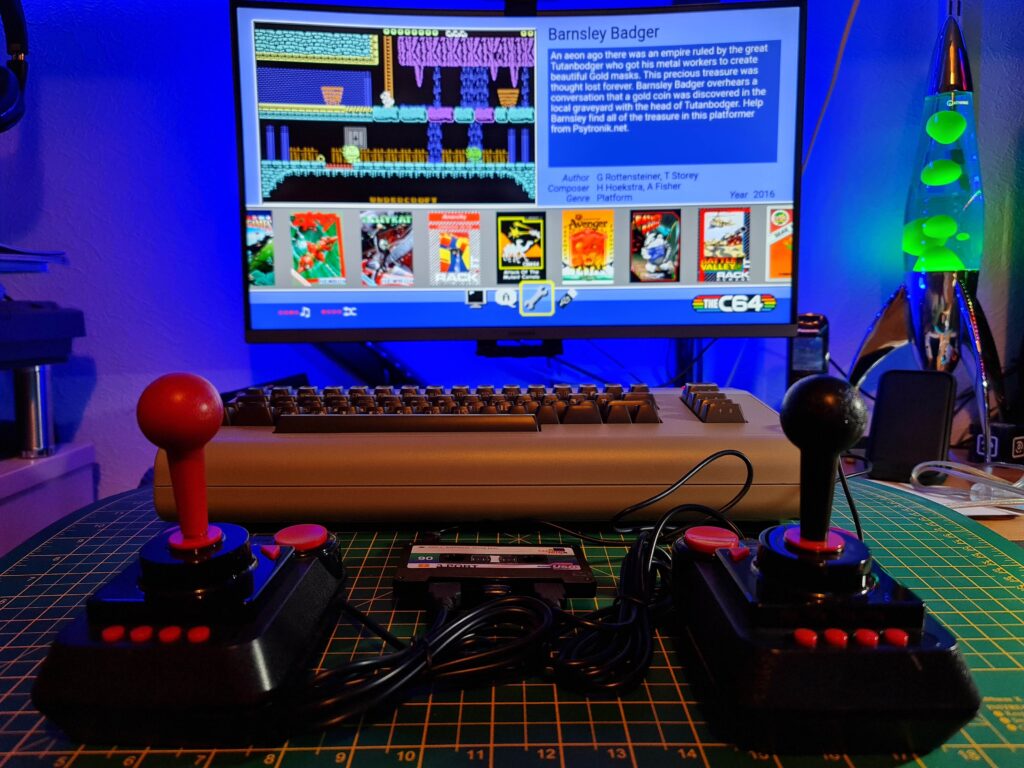Back in 2020 I backed a Kickstarter campaign run by Simulant Systems Ltd. to create a range of new retro USB keyboards for the Amiga (and other systems). Sadly it never reached its funding goal but they didn’t give up on the idea and continued to find a way to make it work. Well nearly two years later they finally achieved their goal and have produced a batch of what they are calling Amiga ‘Classic’ USB mechanical PC keyboards. They’ve been furiously packing and dispatching them since early December and mine arrived last week!
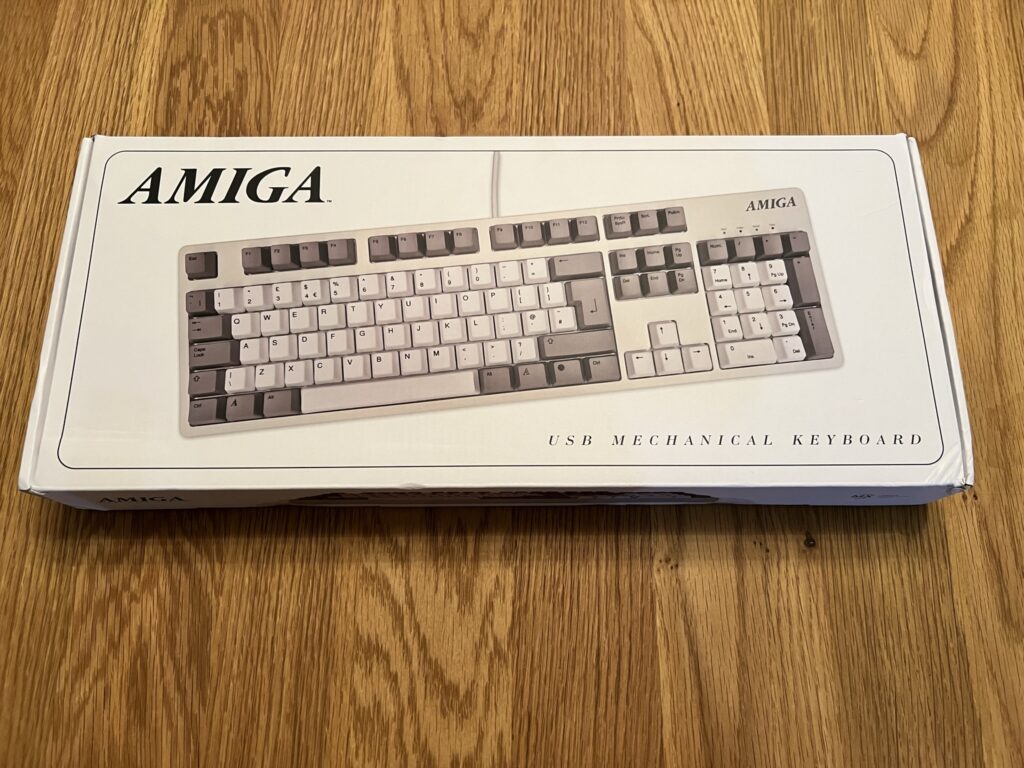
Front of the box.
What makes this extra special is that it has the official registered Amiga logo both on the box and the keyboard itself thus making it an official piece of new Amiga hardware being sold in 2023! Sadly it is actually a USB PC keyboard which is why there are Windows, Linux and Mac logos on the box but no Amiga Tick or boing ball! However they are working on an adapter that will allow it to connect to real Amiga. This gizmo will actually fit inside the keyboard case which is very intriguing. Definitely looking forward to finding out more about that when it’s released!
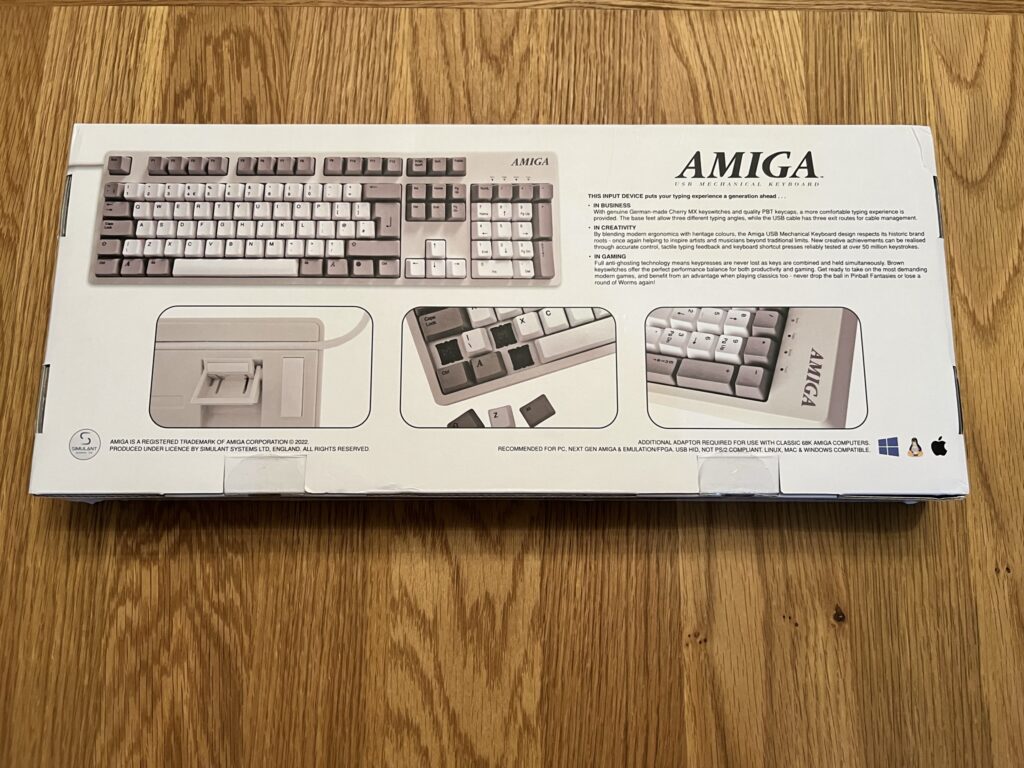
Back of the box.
The keyboard packaging is really attractive and worth keeping hold of. It would certainly not look out of place on a shelf in you local Currys (PC World). Opening it up reveals the keyboard safely cocooned inside a foam bag along with a guide sheet and some promo flyers.

Who doesn’t love the smell of freshly opened tech?
The keyboard itself is beige with a mixture of white and grey keycaps that follow the Amiga aesthetic well.
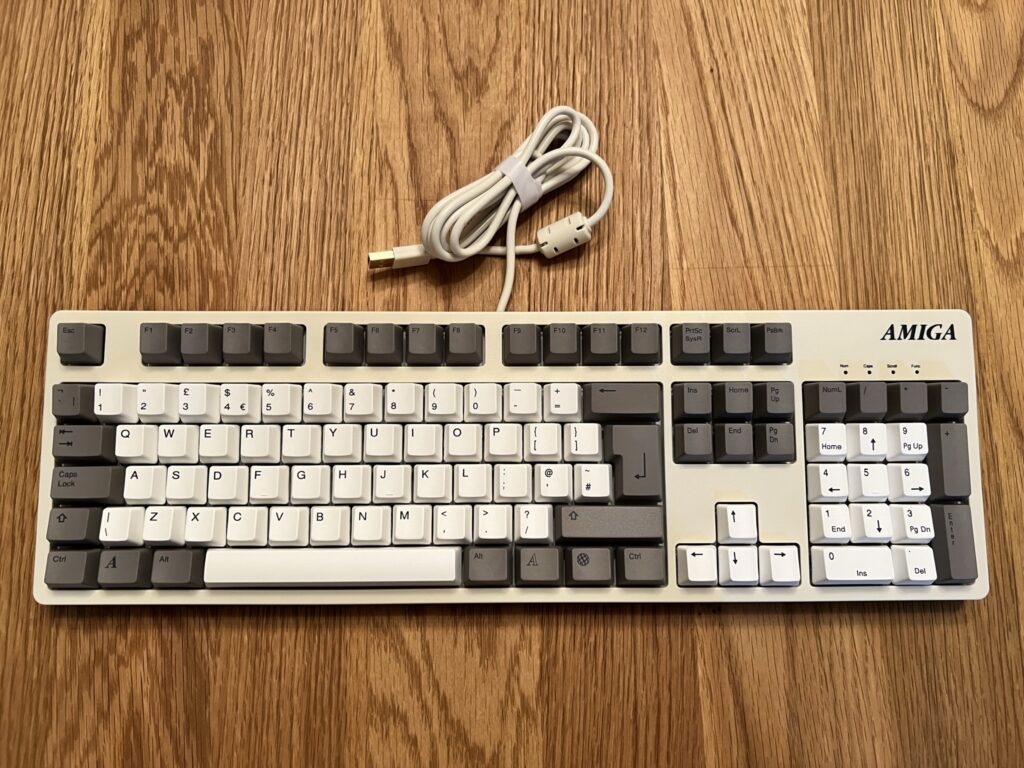
Noice!
It has a decently long 2m USB cable and there’s little channels in the base that allow you to have it exiting out of the left, right or rear side of the keyboard which is a really thoughtful addition. I appreciated the provision of a detachable Velcro cable tie to keep things neat and tidy too.
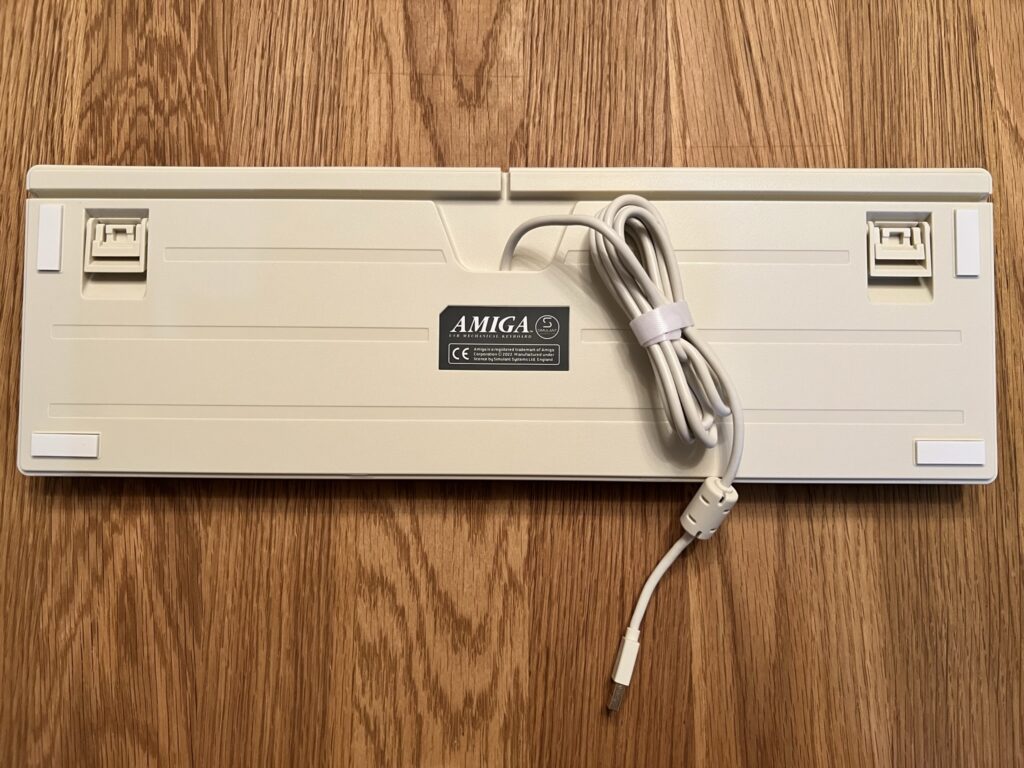
Note the non-slip pads, pop out feet and cable management channels.
It’s also quite heavy, coming in at just under 1.4Kg when I popped it on the kitchen scales. A fair bit more than most keyboards these days, unless you count the RGB gaming ones with aluminium bases.
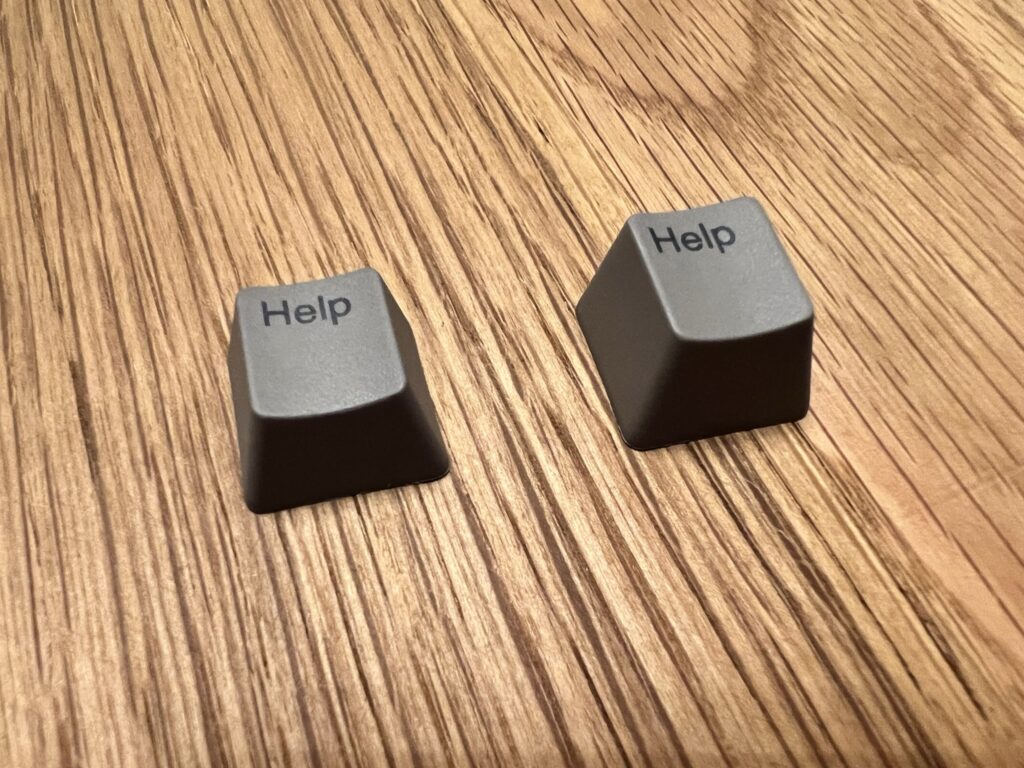
Help!
The keyboard doesn’t actually come with a ‘Help’ key fitted as standard which is a bit of a strange oversight. However they have made limited quantities of Help keycaps and were good enough to include a couple of different sized ones for me when I requested them.
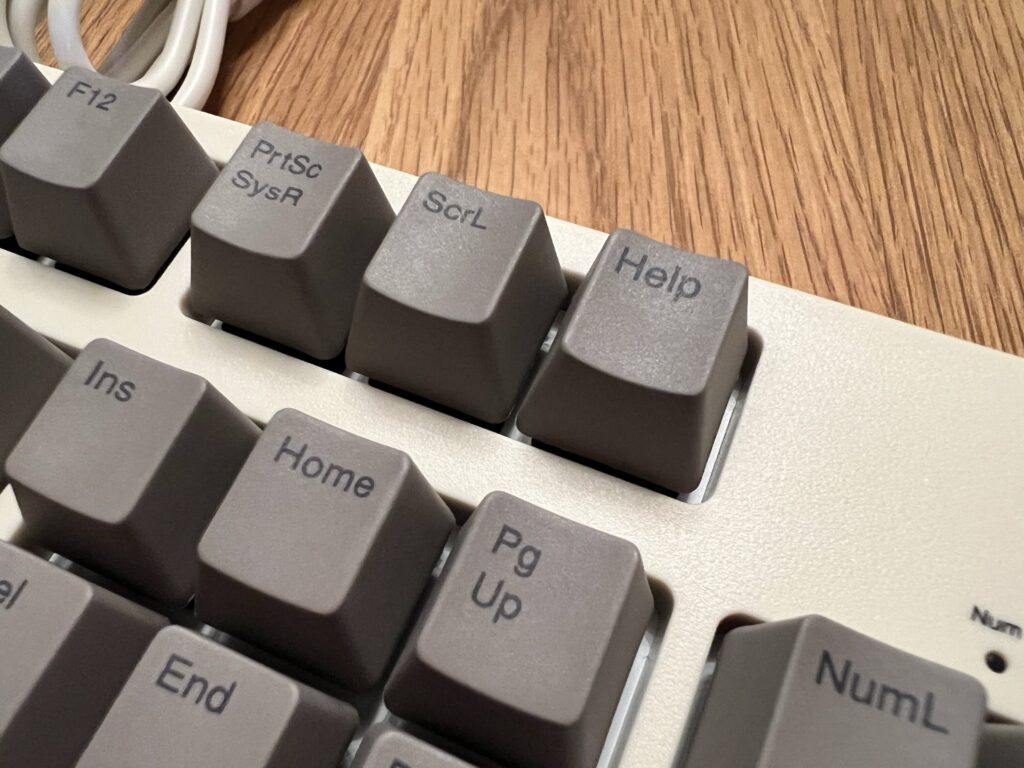
Help keycap installed.
The ‘Amiga’ keys on both sides of the keyboard are present and correct (replacing the Windows and Menu keys).
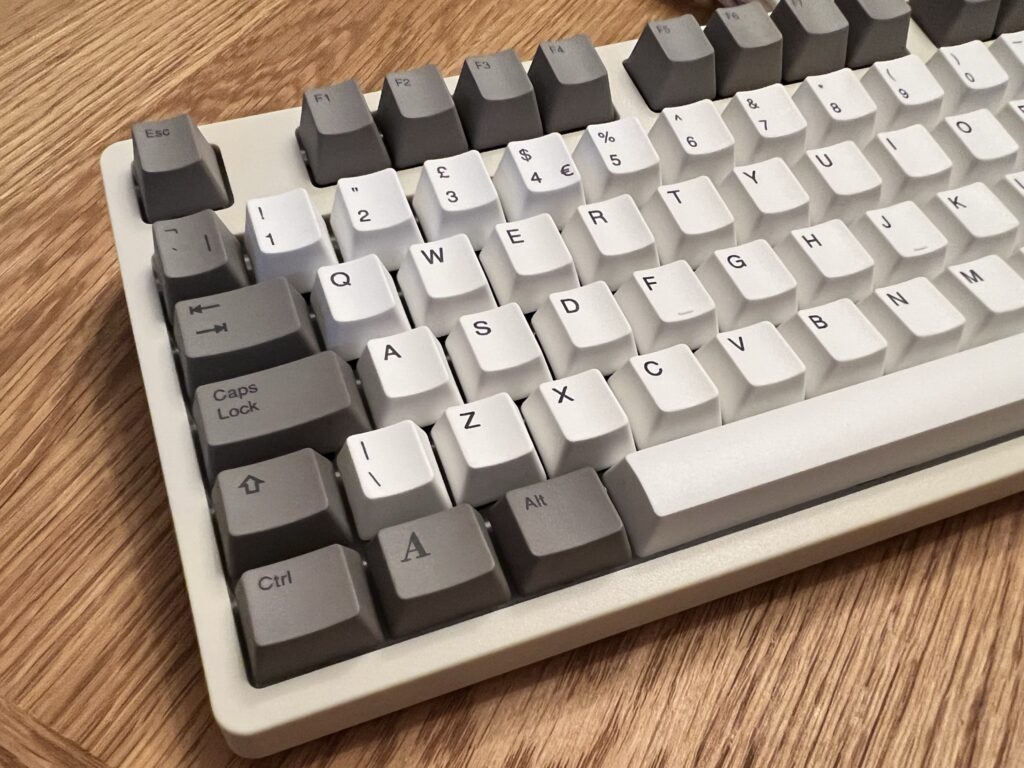
Left Amiga key.
There’s even an Amiga ‘Boing Ball’ key – because, well why not!
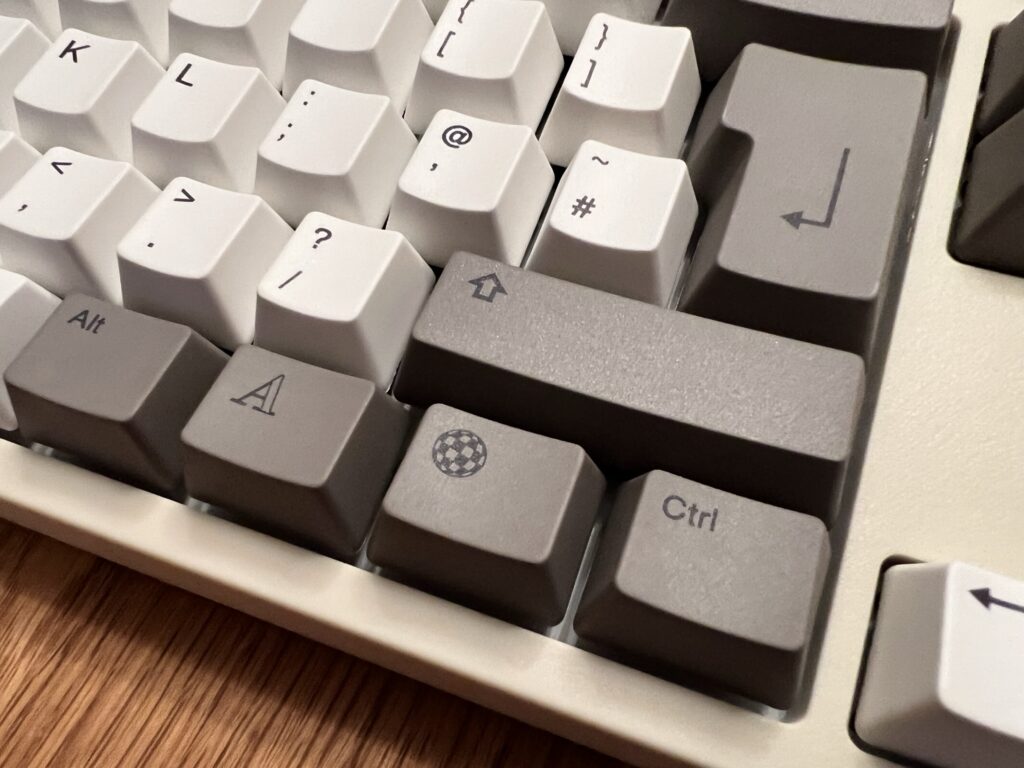
Right Amiga Key & Boing Ball!
The keyboard has little pop-out feet underneath that can be located at two different heights giving a grand total of 3 possible angles it can be positioned at.
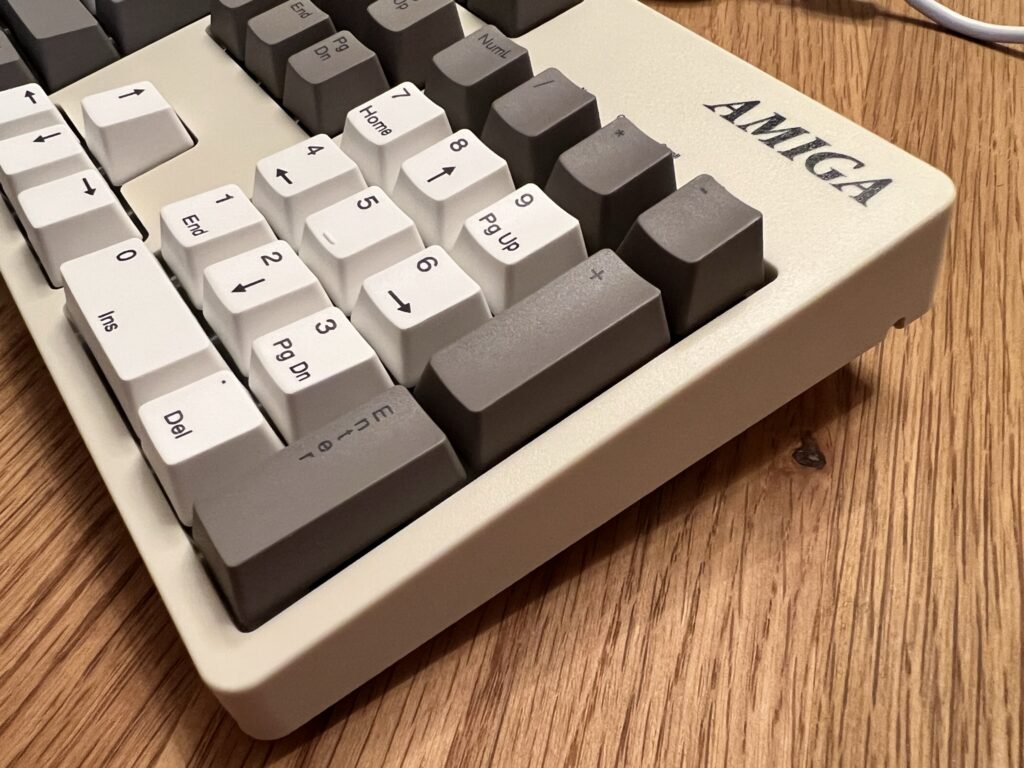
Feet position 1.
Obviously as this is a PC USB keyboard it is currently only suitable for use with the various Amiga emulators, FPGA machines and the A500 Mini.
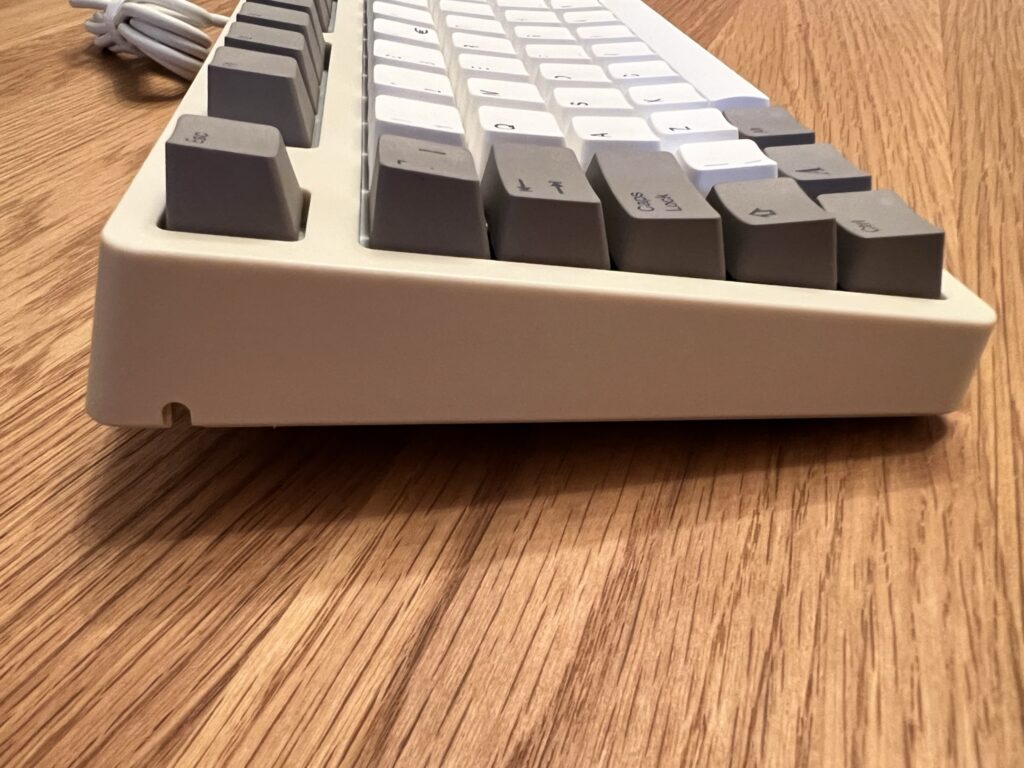
Feet position 2
I tried the keyboard out with AmiKit and Amiga Forever on my PC and it was a pleasure to use. The keys have that pleasing mechanical click that provides much needed feedback – but not so loud as to annoy like many gaming keyboards can. Interestingly the keyboard was actually recognised as a ‘Gaming Keyboard’ when plugged into my Windows 11 PC.
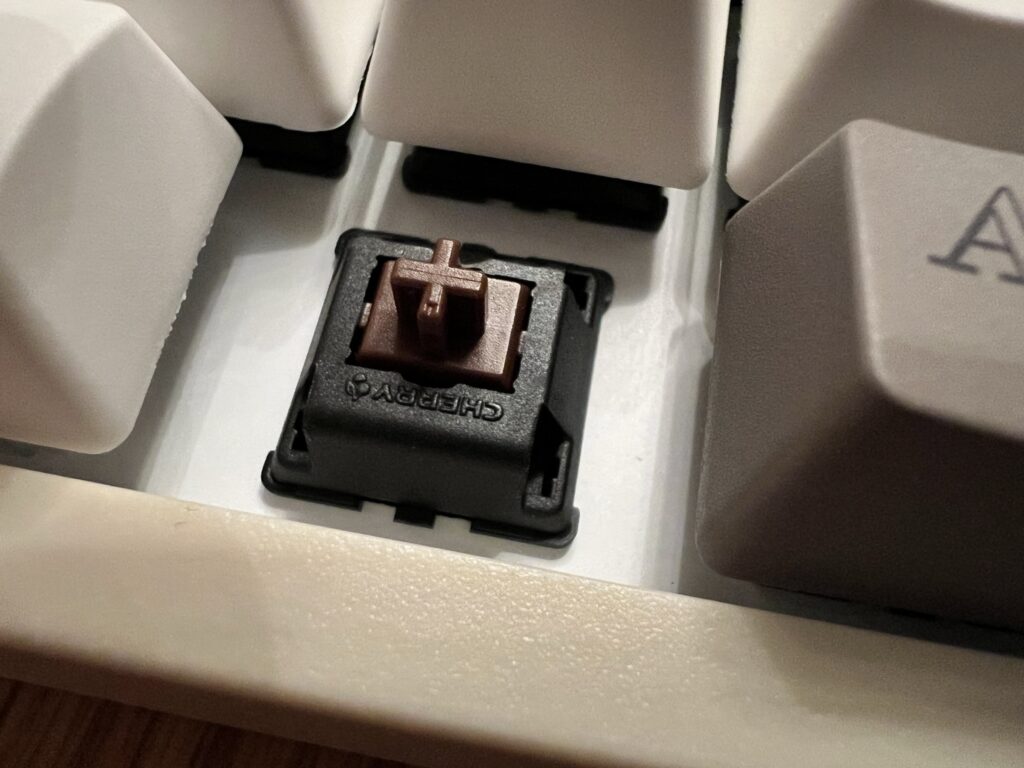
Cherry MX Brown switches throughout.
It’s nice to see that the keyboard is using genuine (as far as I can tell anyway) Cherry MX Brown switches which probably goes a long way toward explaining the high price too.
It’s far from an essential purchase, especially when it costs over £140 but given it was being made in limited quantities I felt compelled to grab one while I could. FOMO is a real thing! The plan is, one day, to pair it up with a MiSTer or possibly a Raspberry Pi in the upcoming Checkmate monitor that I’ve backed on Kickstarter.
If you are in the market for an Amiga themed USB keyboard and have £140 burning a hole in your pocket then (at the time of writing) they still have some left here…


